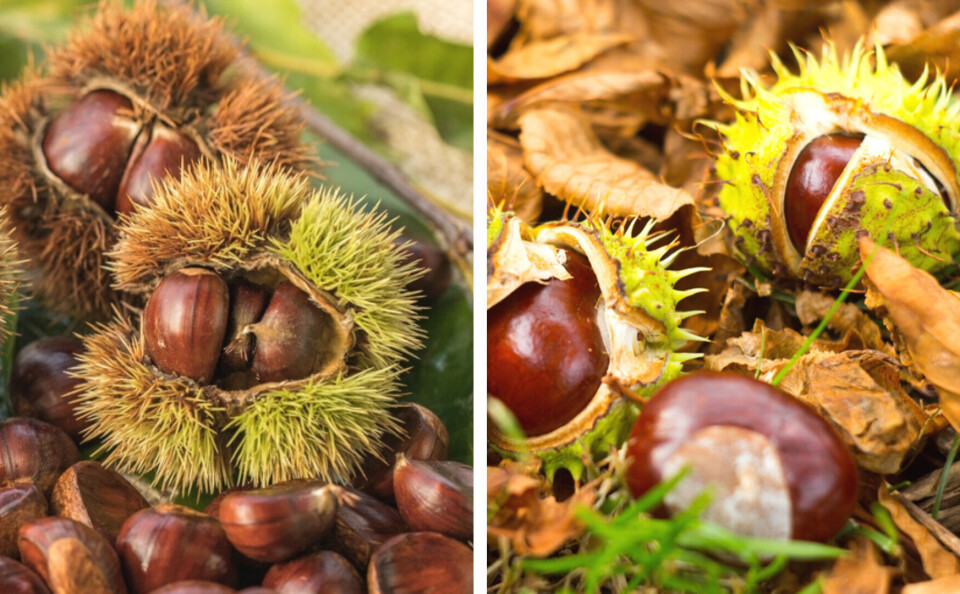-
French doctors begin 10-day strike: most GP surgeries expected to close
Patients needing care should turn to pharmacies, on-call doctors, or emergency wards
-
Duck Cold! Four French phrases to use when it is freezing outside
We remind you of French expressions to use to describe the drop in temperature
-
When and why do we say le moral dans les chaussettes?
We explore this useful expression that describes low spirits
Chestnuts vs conkers: Know the difference when out gathering in France
The food safety agency has issued a warning saying confusion is common and can lead to accidental poisoning

People in France are being reminded to stay alert to the difference between chestnuts and conkers when it comes to gathering this autumnal treat.
Roast chestnuts, called ‘châtaignes’ or ‘marrons’ in French, are popular as a food item in France. This is in contrast to conkers (‘marrons d’Inde’ in French), which are not to be eaten.
France’s national food safety agency has issued a warning to the public to be aware of the differences, to avoid the risk of poisoning.
Savez-vous faire la différence entre des marrons d'Inde et des #châtaignes ? Si les châtaignes sont comestibles, les marrons d’Inde sont toxiques !
— Anses (@Anses_fr) September 17, 2022
Pour apprendre à les distinguer, consulter notre article 👇https://t.co/7xEoXSmxJ5
This can be confusing, because the products not only look similar, but they are also often both called ‘marrons’ in French as a shorthand, despite the edible versions actually being ‘châtaignes’, or chestnuts.
The Agence nationale de sécurité sanitaire de l’alimentation, de l’environnement et du travail (Anses) said: “Although chestnuts are commonly referred to as ‘marrons’ when it comes to food, they are in fact a variety of large chestnuts grown for consumption.”
Conkers are toxic and can cause digestive disorders such as abdominal pain, nausea, vomiting or throat irritation, it continued.
Confusion between the two is the second-most commonly recorded type of plant confusion, Anses said, second only to mixing up bulbous plants (e.g. flowers of the daffodil family mistaken for onions).
How to tell the difference
One way to tell the difference, especially when gathering or foraging for your own, is that edible chestnuts have a different ‘coat’, a different inside and different leaves on the trees.
- Edible chestnuts: Brown in colour outside, with long, brownish-green closely-packed spikes on the outside coat, which may look ‘fluffy’; with two or three ‘nuts’ inside, each rather small, flattened, and triangular or tear-shaped. Tree leaves are each composed of smaller leaves, oval in shape, which make the leaves look palm-like
- Non-edible conkers: Thick, acid green coat, with green, short spikes widely spaced; containing a large, single nut inside. Tree leaves are simple and elongated.
Consumer website UFC-Que Choisir has also provided an image to help compare and distinguish the two (conker on the left, chestnut on the right).

Credit: QueChoisir.org
Anses said: “Trees planted in parks, driveways, and schoolyards are usually conker trees; while chestnut trees are usually more likely to be found in woods and forests.”
The agency has more images of the different plants on its website here, and also offers a short PDF to download with more details on how to tell the difference here (in French).
In case of poisoning by accidentally eating the wrong kind, the agency advises people to take photos or keep the remains of the offending meal, and to call a doctor and/or anti-poison centre immediately to get medical care.
























